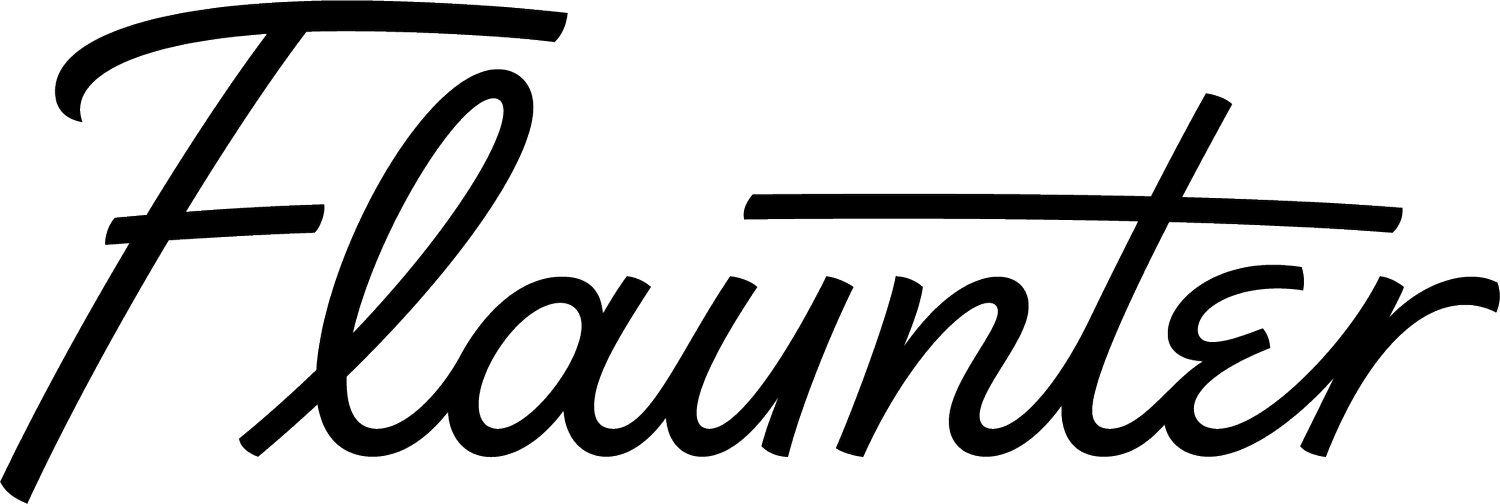The Cash Flow Conundrum: 7 Tips For Small Business Owners
As any small business owner knows, managing cash flow is a pretty integral part in keeping the business going. Balancing the books and paying the bills is central to staying afloat and putting you on the path to success. However, this is way easier said than done. If you don’t have a background in finance or accounting, learning the lingo and picking up on the skills can be a hard task to master. As you try to focus on producing, selling, campaigns, and pitching – it’s not easy to find time to get the 411 on everything finance.
Forever trying to shed light on the things that keep you up at night, we knew that a quick (and simple) guide to basic money management would be much appreciated. As our expertise on this topic is limited, we wrangled a true industry insider, acquisitions accountant Andy Reid, to give us the lowdown on managing cash flow for brands…
Cash Flow vs. Profit
The first thing to know is that the biggest mistake small businesses can make is formulating a projected profit and loss statement and assuming that their business will be successful if they make a profit. When it comes down to it, cash flow is actually way more important than profit during the early stages of a business.
If profit has been your business’ buzzword, don’t worry. This is an easy mistake to make as the popular understanding of what “profit” is, can be a little off the mark.
Essentially, we should think of profit as a word reserved for accountants and financial experts. They use profit as a measure to look back on your year and tell you how you performed. To do this, they’ll take things like assets and accounts receivable into consideration when forming your bottom line. While it’s always nice to make a profit, keep in mind that your profit doesn’t equate to money in the bank. This is where the cash flow comes in.
Cash flow refers to all the money that is moving in and out of your business. Think of it as a kind of bank statement that gives you a bottom line based on what is actually in your pocket. If you want to have a positive cash flow, you want more money to be coming in than going out. Getting positive cash flow requires some nifty management of what you’re spending, what you’re getting and when it’s all happening.
What does cash flow tell us?
It is crucial for businesses to understand where cash is coming from (inflows) and where it is going (outflows). Generally, in retail/fashion, inflows are from customers purchasing our products. Outflows can be anything from production costs, stock purchases, rent, staff, equipment purchases, marketing, loan repayments, taxes or any other operating costs.
In businesses like retail and hospitality, this can get even more complicated because we have to deal with things such as seasonality and production lead time. For example, if we’re selling pool accessories and beach towels like Sunnylife, we may experience a significant outflow of cash in winter (while sales are low) to buy the goods required to produce our summer collection.
It’s also important to remember that some businesses require a huge outflow well before inflows become a possibility. This is especially true for businesses who require a storefront. These costs will be classified as assets and won’t reach your profit and loss statement until a later day. These include things such as:
Store fit out
Equipment
Computers and POS system
Stock/Inventory
Bank guarantee (this is often 3 month’s worth of rent. It can sometimes be avoided by giving a personal guarantee, however, a bank guarantee is a good way of limiting your risk.)
You may then also have rent and staff expenses before you have opened the doors and made a sale. The buffer that your business needs to meet these expenses is called working capital.
7 tips for stress-free cash management
Understand your cash outflows and inflows. Prepare a monthly cash flow forecast as far out as you can predict.
Develop a good relationship with your suppliers. They may be willing to offer you better terms for payment of your invoices.
Set up excellent systems and processes to collect money from your customers. Make sure that you are up to date and accurate with your invoices. Have systems in place to follow up on anything that is overdue. If your customers know that you won’t chase them, you will get paid last.
Offer convenient payment options to your customers. EFTPOS, Mastercard and Visa facilities are expected at the very least. BPay, Paypal and American Express are becoming far more accepted. If you are selling directly to consumers, consider products like Afterpay, that ensure you are paid up-front, while giving the consumer time to pay it off. Be sure to understand the costs of offering these services – the convenience comes at a price, and usually, the retailer bears it. Consider penalties for late payment that encourage your customers to pay on time. Payment plans may also mean you can collect more, faster than you would if your struggling customers had to wait until they could pay your entire invoice.
Manage your inventory and understand the true cost of it to your business. Again, a good relationship with your suppliers could mean fast replenishment when your inventory is low, and a waiver of minimum orders.
Establish a good relationship with your bank. Banks are far more likely to lend to businesses that they understand and believe in. You can often finance large capital purchases including store fit-outs and equipment.
Have a rainy day fund! A bank overdraft facility (preferably) or a credit card with good interest rates and payment terms can help you get through lean periods. Be disciplined in paying them off as soon as you have the cash available.
Looking for more tips on running your small business? Why not crack that business plan you’ve been working on, learn how to avoid a PR crisis or discover how your customers can grow your business!
—IMAGE CREDIT: LILY DONALDSON FOR HARPER’S BAZAAR BRAZIL 2012 (BANNER); PIGGY BANK – PINTEREST; MANAGING CASH FLOW – HARPER’S BAZAAR.




